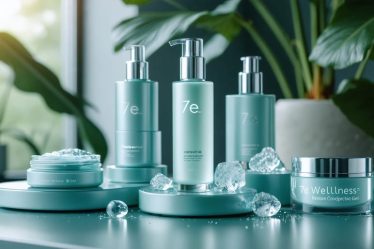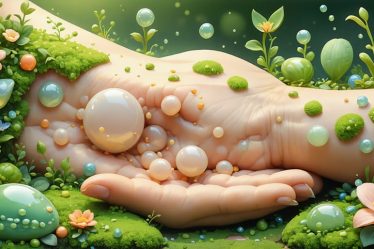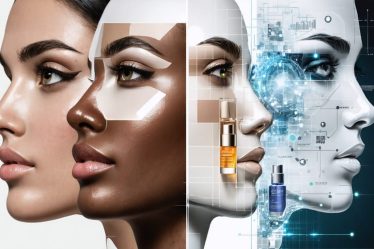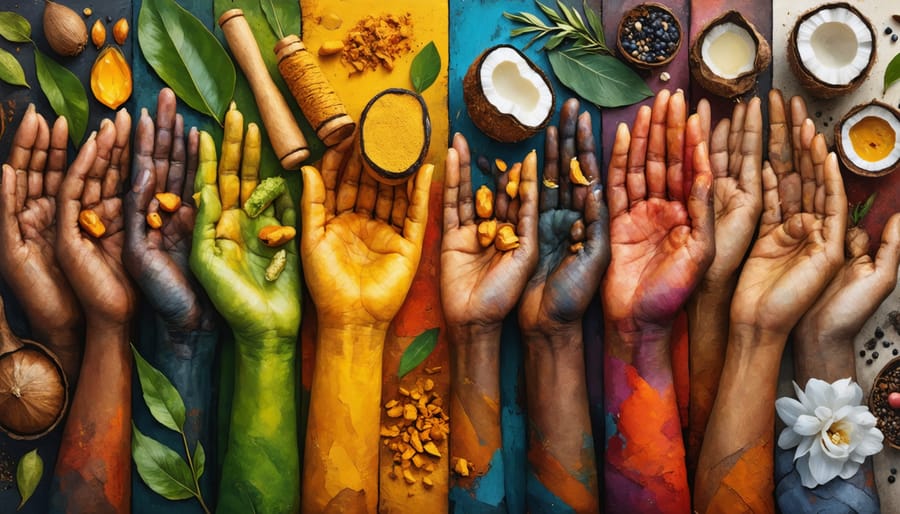
Across centuries and continents, beauty has whispered its secrets through the hands of grandmothers, the rituals of ancient civilizations, and the sacred traditions passed down through generations. From the turmeric-based ubtan of Indian brides to the jade rolling practices of Chinese nobility, our understanding of beauty has always been deeply intertwined with cultural identity and wisdom.
Today, as we navigate a world that’s increasingly connected yet fiercely individual, these time-honored beauty practices offer more than just aesthetic benefits – they tell stories of heritage, self-care, and community. Modern beauty enthusiasts are rediscovering that true radiance isn’t just skin deep; it’s a reflection of cultural values, traditional knowledge, and the celebration of diversity.
Whether it’s the Korean skincare philosophy of treating beauty as a mindful ritual, or the Moroccan tradition of weekly hammam gatherings that combine socializing with self-care, cultural beauty practices remind us that looking good and feeling good are inseparable. These traditions challenge the one-size-fits-all approach to beauty, encouraging us to explore and embrace the rich tapestry of global beauty wisdom.
As we delve into these cultural beauty practices, we’re not just learning about different beauty routines – we’re participating in a centuries-old conversation about identity, community, and what it truly means to be beautiful.
Ancient Wisdom Meets Modern Beauty
Why Traditional Beauty Practices Still Matter
In a world of high-tech beauty innovations, there’s something profoundly grounding about returning to traditional beauty practices. These time-tested rituals, often passed down through generations, offer more than just physical benefits – they connect us to our heritage and provide moments of mindful self-care that our busy modern lives often lack.
Many of these ancient herbal secrets have stood the test of time because they work. Take, for example, the Indian practice of using turmeric in skincare, which modern science now confirms has powerful anti-inflammatory properties. Or consider the Japanese tradition of facial massage, which naturally promotes circulation and lymphatic drainage.
These practices also offer a sustainable approach to beauty, often utilizing natural ingredients found in our kitchens and gardens. Unlike many modern beauty treatments that focus solely on quick fixes, traditional methods emphasize holistic wellness, addressing both inner and outer beauty.
Perhaps most importantly, these rituals provide a sacred pause in our day – a moment to honor ourselves and our cultural heritage while nurturing our bodies in ways that have proven effective for centuries.
Natural Ingredients in Cultural Beauty
Throughout history, cultures worldwide have harnessed the power of botanical ingredients for their beauty rituals. From the golden turmeric paste used in Indian bridal ceremonies to the antioxidant-rich green tea extracts favored in Korean skincare, these natural treasures have stood the test of time.
In Morocco, women have long relied on argan oil, lovingly called “liquid gold,” to nourish their hair and skin. Meanwhile, Pacific Islander communities have passed down the tradition of using coconut oil and hibiscus flowers for their beauty-enhancing properties. The Aboriginal people of Australia have traditionally incorporated kakadu plum, nature’s richest source of Vitamin C, into their skincare practices.
What makes these ingredients so special isn’t just their effectiveness – it’s the stories and traditions woven into their use. I remember my grandmother teaching me about rose water, a staple in Middle Eastern beauty routines, explaining how it’s been cherished for centuries not only for its gentle cleansing properties but also for its uplifting aroma.
These time-honored ingredients continue to influence modern beauty products, proving that sometimes the most powerful beauty solutions come straight from nature’s garden.
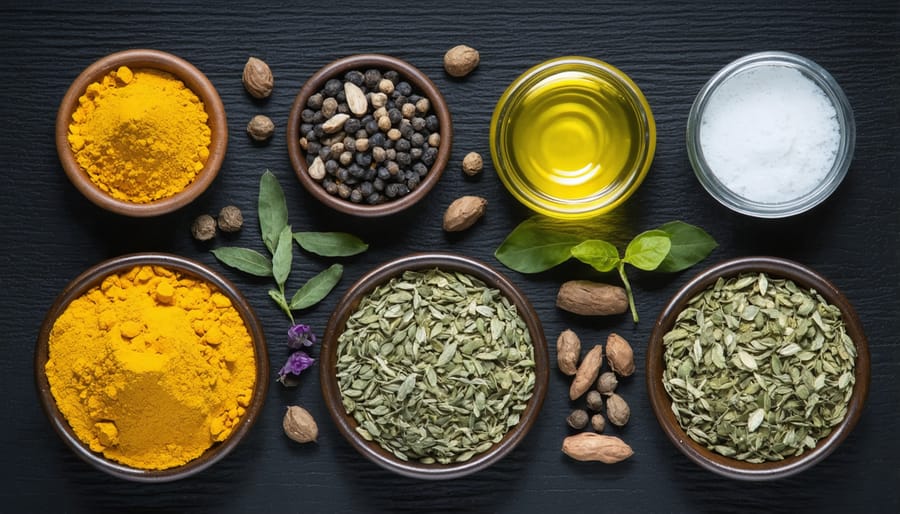
Cultural Beauty Rituals Worth Adopting
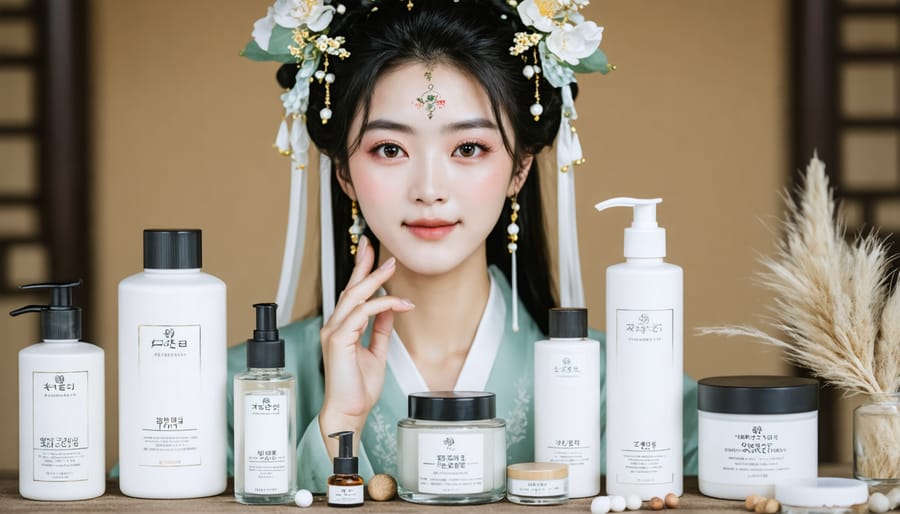
Asian Beauty Secrets
For centuries, Asian beauty rituals have captivated the world with their holistic approach to skincare and wellness. Growing up in an Asian household, I learned early on that beauty isn’t just about applying products – it’s about nurturing both body and spirit through time-honored practices.
One of the most revered Asian beauty secrets is the double-cleansing method, originating from Japan and Korea. This two-step process begins with an oil-based cleanser to remove makeup and impurities, followed by a water-based cleanser for deep pore cleansing. The result? Remarkably clean, balanced skin that glows from within.
Facial massage techniques, particularly gua sha and jade rolling, have been practiced in Chinese medicine for generations. These methods not only help reduce puffiness and promote lymphatic drainage but also provide a moment of mindful self-care in our busy lives.
Rice water, a staple in Japanese and Korean beauty routines, has gained worldwide recognition for its skin-brightening and hair-strengthening properties. What was once considered a humble kitchen byproduct is now celebrated in luxury skincare formulations.
Green tea isn’t just for drinking – its antioxidant properties make it a powerful skincare ingredient. Korean women have long used green tea in various forms, from facial mists to sheet masks, to combat signs of aging and environmental stress.
Perhaps the most valuable Asian beauty secret isn’t a product or technique, but rather the philosophy of prevention and consistency. The focus is on maintaining healthy skin through daily care rather than correcting problems after they arise. This mindful approach to beauty, passed down through generations, continues to influence modern skincare practices worldwide.
Mediterranean Beauty Traditions
The Mediterranean region has long been celebrated for its timeless approach to beauty, where simplicity and natural ingredients reign supreme. From the sun-kissed shores of Greece to the lavender fields of Provence, these natural beauty rituals have been passed down through generations, offering a treasure trove of wisdom for modern beauty enthusiasts.
Olive oil stands as the cornerstone of Mediterranean beauty practices. Women have traditionally used this liquid gold not just for cooking, but as a moisturizer, hair treatment, and even as a gentle makeup remover. In fact, my Greek grandmother swears by her weekly olive oil hair mask, a tradition that has kept her silver locks lustrous well into her eighties.
Another beloved Mediterranean beauty secret lies in the power of grape-based treatments. Wine makers’ wives in Italy discovered that grape seeds and skins, rich in antioxidants, could help maintain youthful-looking skin. They would create facial masks using leftover grape must during the wine-making season – a practice that high-end spas now emulate with their vinotherapy treatments.
Sea salt scrubs and honey masks are other staples in the Mediterranean beauty arsenal. Croatian women have long combined local honey with lavender for face masks, while Turkish hammam traditions incorporate sea salt for full-body exfoliation. These ingredients, readily available in most kitchens, remind us that sometimes the most effective beauty solutions are also the simplest.
Perhaps what makes Mediterranean beauty practices so enduring is their holistic approach – believing that true beauty emerges from a balanced lifestyle, nourishing foods, and the gentle care of natural ingredients.
African Beauty Heritage
The rich tapestry of African beauty traditions spans thousands of years, with practices and ingredients that continue to influence modern skincare and beauty routines worldwide. From the legendary beauty rituals of Egyptian queens to the time-honored practices of Sub-Saharan communities, African beauty heritage emphasizes natural ingredients and holistic approaches to self-care.
One of the most celebrated ingredients in African beauty traditions is Shea butter, sourced from the nuts of the Karite tree in West Africa. For generations, women have passed down the knowledge of processing these nuts into the luxurious butter that nourishes both skin and hair. In many communities, the production of Shea butter isn’t just a beauty practice – it’s a social activity that strengthens community bonds.
Moroccan women have long treasured Argan oil, often called “liquid gold,” for its remarkable beauty benefits. The traditional method of extracting this precious oil involves a complex process that has been preserved through generations of Berber women. Today, this ingredient has gained global recognition for its ability to moisturize skin and add shine to hair.
Clay treatments hold special significance in African beauty rituals. In countries like Ghana and Nigeria, different types of clay are used for facial masks, body treatments, and hair care. These natural elements are often combined with herbs and plant extracts to create powerful beauty formulations.
The ancient Egyptians’ beauty practices continue to captivate us today. They pioneered the use of natural oils, honey, and milk baths for skin care, while kohl was used not just for beautification but also for its believed protective properties against the harsh desert sun.
Beyond specific ingredients, African beauty traditions emphasize the importance of ritual and intention in self-care practices. Many communities view beauty routines as sacred moments of self-connection and celebration of cultural heritage, rather than merely cosmetic procedures. This holistic approach to beauty, combining physical care with spiritual well-being, offers valuable lessons for modern beauty enthusiasts seeking more meaningful self-care practices.
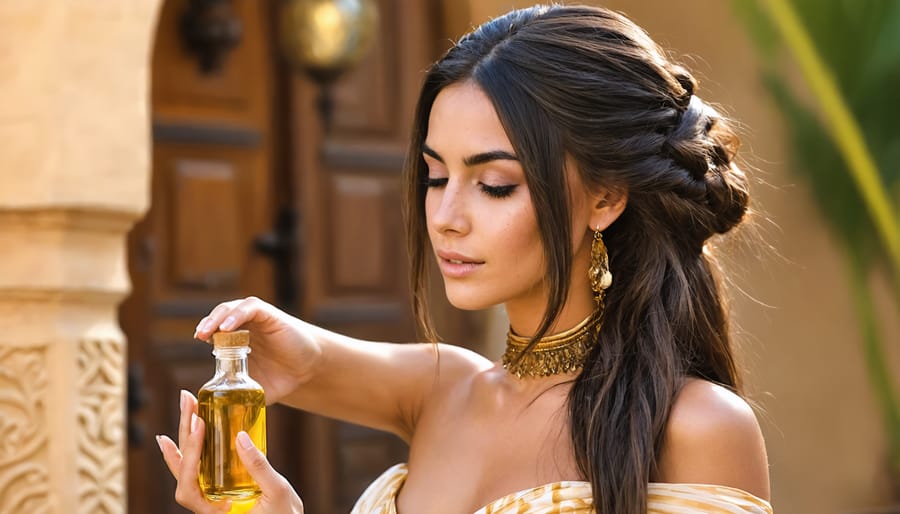
Creating Your Cultural Beauty Routine
Starting Your Journey
Embarking on a journey to explore cultural beauty practices can feel both exciting and overwhelming. As someone who’s experienced this firsthand, I understand the desire to honor these traditions while respectfully incorporating them into your personal care routine.
Start by choosing one culture that genuinely interests you and research its beauty philosophy. Perhaps you’re drawn to the Korean focus on skin hydration or the Indian Ayurvedic approach to holistic beauty. Take time to understand not just the practices themselves, but the cultural significance behind them.
Begin with simple, accessible practices. If you’re interested in Japanese beauty rituals, try incorporating a gentle facial massage technique into your evening routine. For those curious about Mediterranean traditions, explore olive oil-based treatments for hair and skin.
Remember to approach these practices with respect and an open mind. Avoid falling into the trap of treating cultural beauty rituals as trends. Instead, view them as windows into centuries of wisdom and tradition. Connect with people from these cultures when possible, whether through local communities or online forums, to gain authentic insights and guidance.
Start slowly and pay attention to how your skin and body respond. What works beautifully for others might not work for you, and that’s perfectly fine. Document your journey, noting which practices resonate with you and make you feel connected to both yourself and the cultural traditions you’re exploring.
Most importantly, approach this journey with curiosity and patience. Cultural beauty practices are meant to be savored and understood, not rushed into or treated as quick fixes.
Mixing Traditions Respectfully
In our increasingly connected world, embracing beauty practices from different cultures has become more common, but it’s essential to approach this exchange with respect and understanding. Before incorporating a cultural beauty ritual into your routine, take time to learn about its origins and significance. This helps honor the tradition while avoiding unintentional appropriation.
A thoughtful approach begins with research and acknowledgment. When you discover a beauty practice you’d like to try, seek out authentic sources and practitioners from that culture. Listen to their perspectives and understand the context behind the practice. For instance, if you’re interested in traditional Indian ayurvedic skincare, learn about its philosophical foundations and historical significance before simply picking up a turmeric face mask.
Consider supporting businesses owned by people from the culture whose practices you’re adopting. This ensures that those who’ve preserved these traditions benefit from sharing their knowledge. When sharing these practices with others, always credit the source culture and avoid claiming expertise in traditions you’re still learning about.
It’s also important to recognize that some beauty practices may have deep spiritual or cultural significance that goes beyond their cosmetic benefits. In such cases, be mindful of whether it’s appropriate for you to adopt these practices and how to do so respectfully.
Remember that cultural exchange, when done thoughtfully, can foster understanding and appreciation between communities. The key is to approach different beauty traditions with humility, curiosity, and genuine respect for their origins and meaning.
As we’ve explored the rich tapestry of cultural beauty practices from around the world, it becomes clear that beauty is far more than skin deep – it’s a celebration of heritage, wisdom, and human connection. These time-tested traditions remind us that self-care and beauty rituals can be both meaningful and effective, offering us more than just aesthetic benefits.
Whether it’s the healing properties of Indian ayurvedic ingredients, the mindful skincare routines of Korean beauty, or the natural remedies passed down through generations in Morocco, each culture offers unique perspectives on beauty that can enhance our modern routines. By embracing these diverse practices, we not only care for ourselves but also keep ancient traditions alive and celebrate the global beauty heritage that connects us all.
I encourage you to approach these cultural beauty practices with respect and curiosity. Start small – perhaps by incorporating one new ingredient or ritual into your routine. Share these discoveries with friends and family, creating your own beauty traditions that blend the wisdom of the past with contemporary needs.
Remember that beauty practices are deeply personal, and what works for one person may not work for another. The joy lies in exploring, learning, and finding what resonates with you while honoring the cultures these practices come from. Let’s continue to celebrate and preserve these beautiful traditions while making them relevant for our modern lives.

